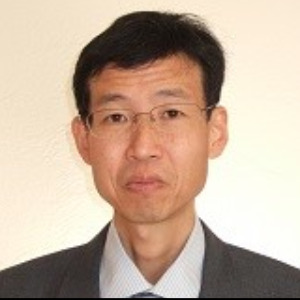Geoengineering
Geoengineering, a broad field encompassing deliberate interventions in Earth's natural systems, extends beyond climate change mitigation to address various challenges, such as enhancing agricultural productivity. In the realm of agriculture, scientists explore innovative techniques to engineer the environment for optimal crop yields and resilience. One strategy involves cloud seeding, where efforts are made to induce precipitation by dispersing substances into the air that act as cloud condensation or ice nuclei. This technique aims to alleviate drought conditions and bolster water resources for crops. Genetic modification emerges as another facet of agricultural geoengineering, focusing on developing crops with enhanced tolerance to environmental stressors like drought. By manipulating the genetic makeup of plants, researchers seek to create varieties that can thrive in challenging conditions, ensuring food security in the face of changing climates. Furthermore, soil modification is a key aspect, with endeavors to alter soil composition to improve fertility. This may involve the addition of specific nutrients or organic matter, fostering an environment conducive to robust plant growth. While these approaches hold promise in addressing immediate agricultural challenges, careful consideration is paramount to avoid unintended consequences. Geoengineering interventions must be thoroughly assessed to prevent negative impacts on the environment and biodiversity. For instance, altering weather patterns through cloud seeding may have downstream effects on ecosystems, requiring a comprehensive understanding of potential repercussions. Additionally, the genetic modification of crops demands rigorous scrutiny to prevent unintended ecological consequences and to uphold ethical considerations. As we navigate the complex terrain of agricultural geoengineering, a cautious and science-driven approach becomes imperative to strike a balance between addressing pressing issues and safeguarding the delicate equilibrium of our planet's ecosystems.

Harry Ruda
University of Toronto, Canada
Raman Singh
Monash University, Australia
Paulo Cesar De Morais
Catholic University of Brasilia, Brazil
Xiao Hong Nancy Xu
Old Dominion University, United States
S V A R Sastry
Harcourt Butler Technical University, India
Vinayak Adimule
Angadi Institute of Technology and Management, India



Title : 40,000 implants in humans and no failure: The impact of nanomedicine
Thomas J Webster, Hebei University of Technology, China
Title : Cellulose-derived biochar modified with iron oxide and ZnO nanoparticles by a novel one-step pyrolytic method for removal of emerging contaminants from water
Rashad Al Gaashani, Hamad Bin Khalifa University, Qatar
Title : Harnessing the unique properties of engineered nanostructures for sensing
Harry Ruda, University of Toronto, Canada
Title : Circumventing challenges in developing CVD graphene on steels for extraordinary and durable corrosion resistance
Raman Singh, Monash University, Australia
Title : Nano DAP augments productivity, phosphorus use efficiency, and profitability of spring wheat in India
Binaya Kumar Parida, Coromandel International Ltd, India
Title : Lipid nanoparticles formulations: From bench scale to industrial scale
Mohammad A Obeid, RAK Medical and Health Sciences University, United Arab Emirates